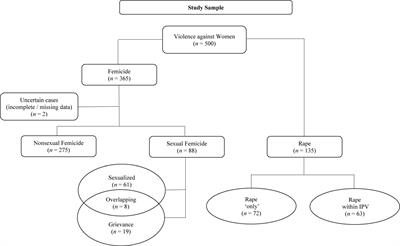EDITORIAL
Published on 16 Sep 2024
Editorial: New perspectives on gender based violence: from research to intervention, volume II
doi 10.3389/fpsyg.2024.1460625
- 566 views
11k
Total downloads
65k
Total views and downloads
You will be redirected to our submission process.
EDITORIAL
Published on 16 Sep 2024
ORIGINAL RESEARCH
Published on 01 Mar 2024

ORIGINAL RESEARCH
Published on 02 May 2023

ORIGINAL RESEARCH
Published on 01 Nov 2022

BRIEF RESEARCH REPORT
Published on 14 Oct 2022
ORIGINAL RESEARCH
Published on 28 Sep 2022

ORIGINAL RESEARCH
Published on 20 Sep 2022

ORIGINAL RESEARCH
Published on 01 Sep 2022

ORIGINAL RESEARCH
Published on 11 Aug 2022

BRIEF RESEARCH REPORT
Published on 07 Jul 2022

ORIGINAL RESEARCH
Published on 02 Jun 2022

BRIEF RESEARCH REPORT
Published on 01 Jun 2022


Frontiers in Sociology